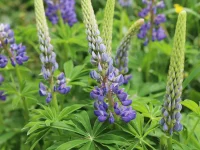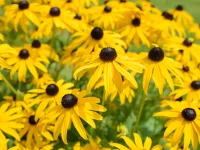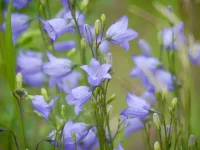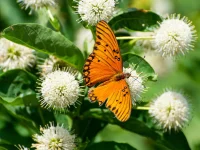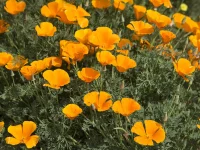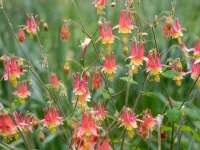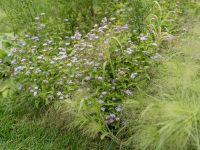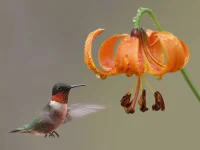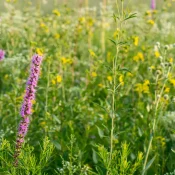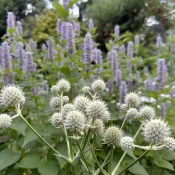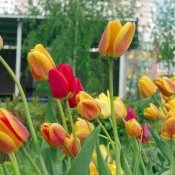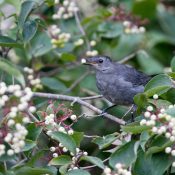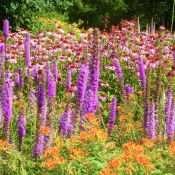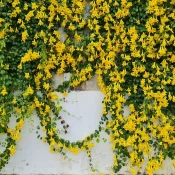Broadleaf Stonecrop
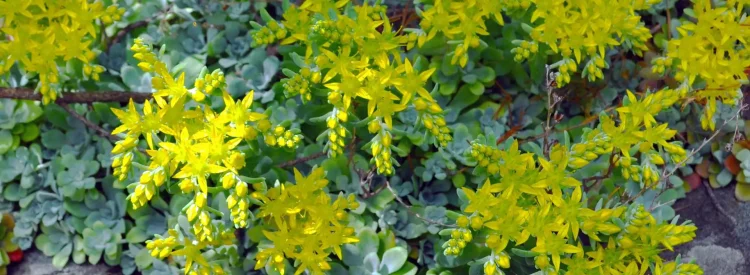
Broadleaf Stonecrop is an evergreen, short native plant that is perfect for rock gardens, groundcover, or borders in the Northwest. It’s a succulent, each leaf puffed up with water to make tiny three-dimensional shapes. In the spring, short canopies of bright yellow flowers bloom—a pollinator favorite. Broadleaf Stonecrop likes wide range of areas—moist to dry—and is drought tolerant. Since its a perennial, plant once and watch it grow (and spread!) for years. Scroll on for planting tips.
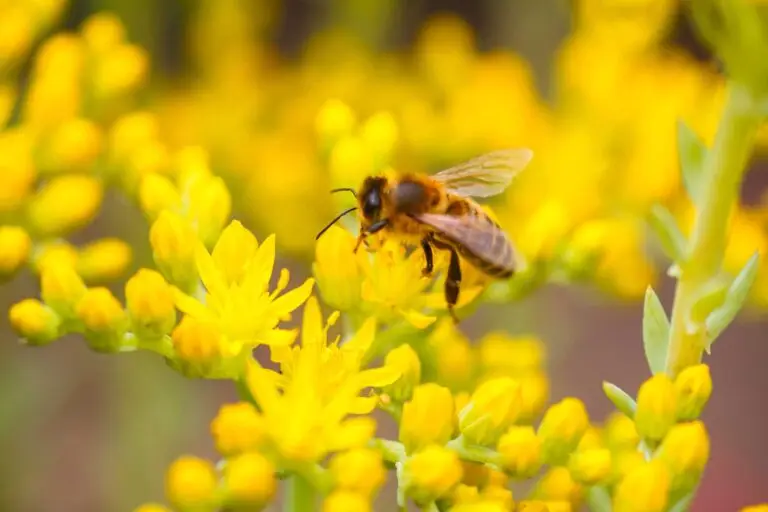
Embarking on the journey of native gardening? Broadleaf Stonecrop (Sedum spathulifolium) is a great choice. This resilient plant is a dream for beginners, offering both beauty and simplicity in your garden.
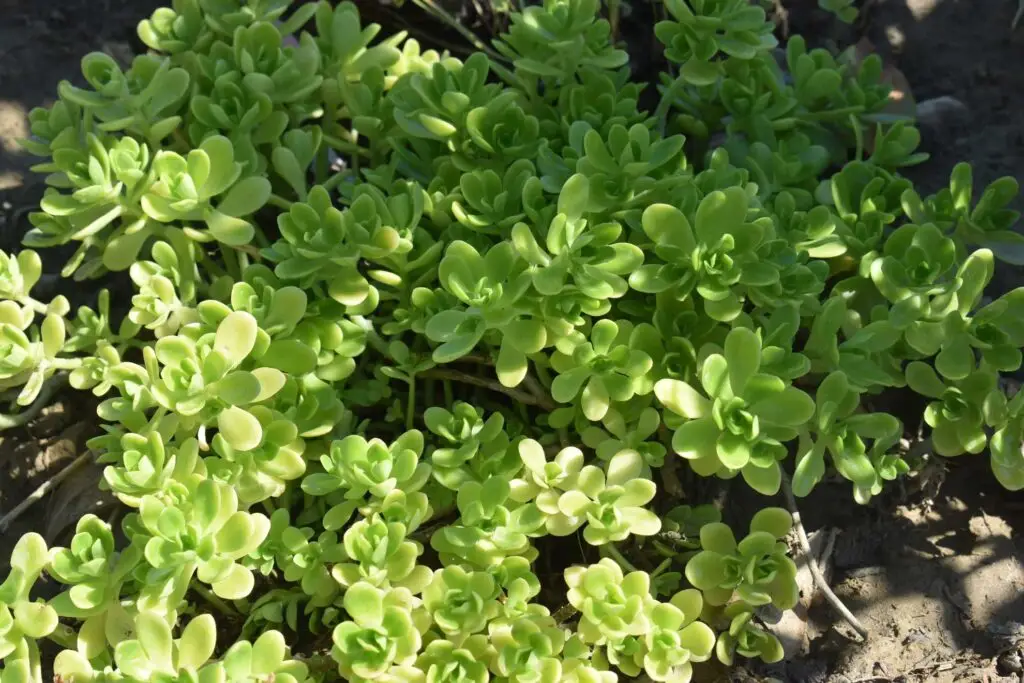
Where should I plant Broadleaf Stonecrop?
Versatility is Broadleaf Stonecrop’s middle name. Its ability to thrive in various environments makes it a fantastic choice for beginners experimenting with garden designs. The only thing that Broadleaf Stonecrop MUST have is good drainage—it does not like to be in standing water. Some ideas for planting include:
- Sunny rock garden
- Containers
- A green roof!
Where is Broadleaf Stonecrop native?
Broadleaf Stonecrop is native to the Northwest, from British Columbia and Washington down to California.
Cultivars you may encounter
Broadleaf Stonecrop has a few cultivar options you may encounter at local plant nurseries. (Cultivars are plants that have been changed and curated by humans—here’s a quick cultivar overview.) Some popular cultivars include:
- Broadleaf Stonecrop ‘Cape Blanco’ is known for its silvery, whitish leaves
- Broadleaf Stonecrop ‘Purpureum’ has silvery, purplish leaves
The Plant Native believes in planting true natives—not cultivars—whenever possible. While cultivars offer different colors and shapes for our gardens, they may confuse pollinators and do not offer the ecological benefits that native plants do.
What is a cultivar?
Cultivar is short for CULTIvated VARieties. Cultivars are plants selected for traits like color, size, or disease resistance. Useful and sometimes stunning...but some lose the scent, shape, or timing wildlife depends on. Plant straight species when possible.
Other great natives that pair well with Broadleaf Stonecrop include:
As you venture into native gardening, Broadleaf Stonecrop is a beginner-friendly choice. Embrace the simplicity of its care, enjoy the seasonal dance of colors, and explore the many places it can call home in your garden. This native succulent is a great first step towards a vibrant, thriving fuss-free landscape—especially compared to lawns. Happy planting!
Sources
- USDA Plants Database, Broadleaf Stonecrop
- Invasive Species Council of British Columbia, Plant Broadleaf Stonecrop instead of these invasives
- Johnson, Lorraine. 100 Easy to Grow Native Plants for Canadian Gardens. (2019), 31.
What if your feed was actually good for your mental health?
Give your algorithm a breath of fresh air and follow us.

